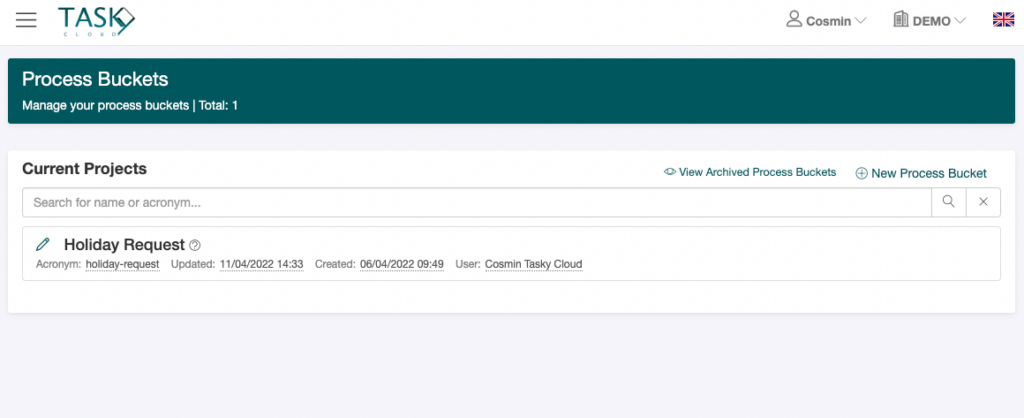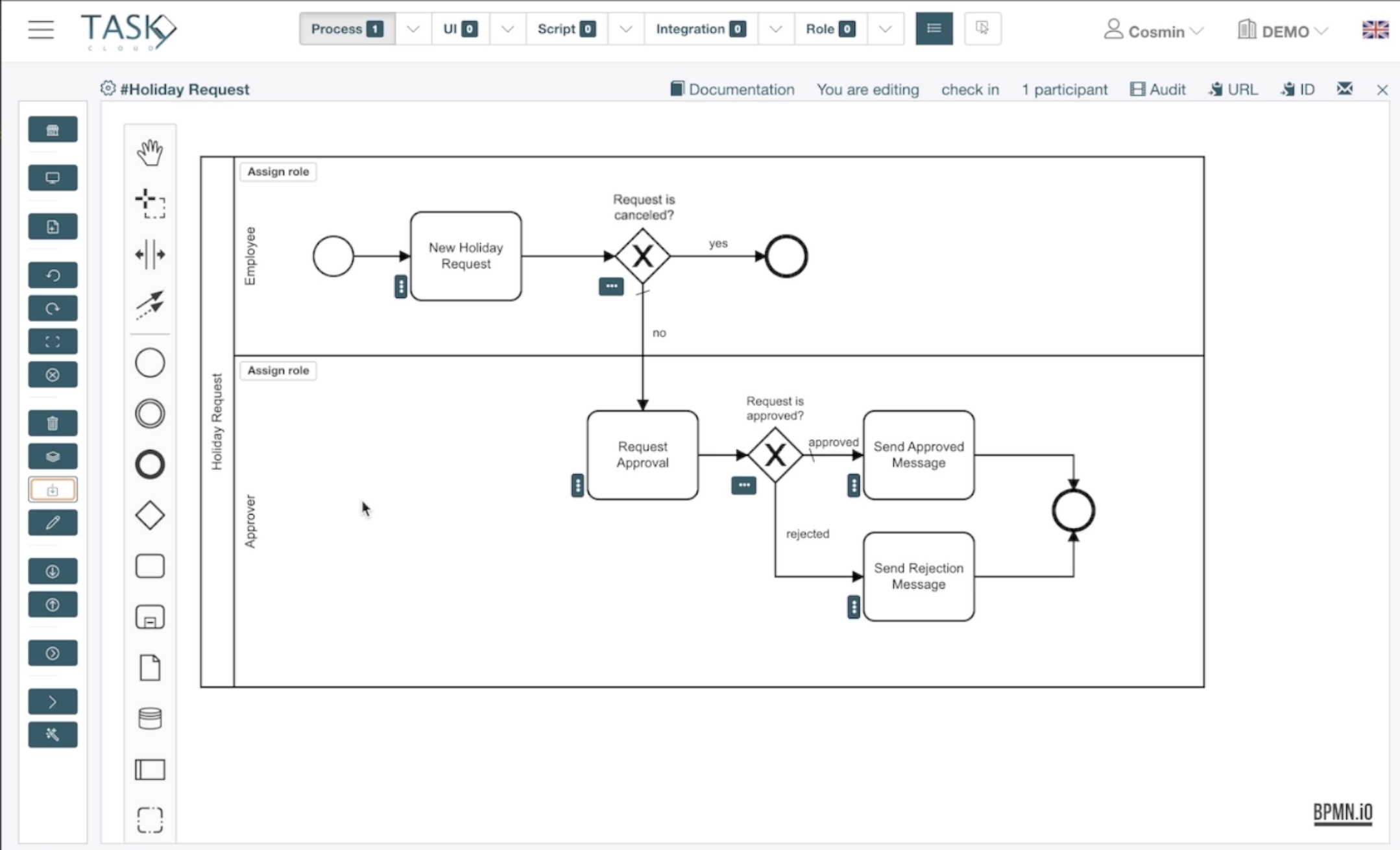In the fast-paced world of software development, managing various processes efficiently is crucial for the success of any project. This is where the concept of a “process bucket” comes into play, offering a structured approach to handling diverse tasks and workflows in software development projects.
What is a Process Bucket?
A process bucket is essentially a collection or grouping of related processes in a software development project. Think of it as a container that holds similar tasks, activities, or processes that share common objectives or resources. The primary goal of a process bucket is to organize and streamline workflow, making it easier for teams to manage and execute their tasks effectively.
Importance in Software Development
Process buckets are pivotal in software development for several reasons:
- Enhanced Organization: They help in categorizing tasks, making it easier for teams to focus on specific areas without getting overwhelmed by the entirety of the project.
- Resource Management: By grouping similar processes, resource allocation becomes more efficient, as teams can clearly see where and how resources are being utilized.
- Improved Efficiency: Process buckets simplify the monitoring and execution of tasks, leading to more efficient workflows and quicker project completion times.
- Agility and Flexibility: In agile environments, process buckets allow for quick adjustments and re-prioritizing of tasks, essential for responding to changing requirements or project scopes.

Implementing Process Buckets
To implement process buckets effectively in a software development project, it’s important to:
- Identify Key Processes: Break down the project into main processes or tasks.
- Group Related Processes: Combine related tasks into buckets based on similarities like objectives, required skills, or resources.
- Assign Resources and Responsibilities: Clearly define who is responsible for each bucket and allocate resources accordingly.
- Monitor and Adjust: Regularly review each bucket for performance and make adjustments as needed for efficiency and effectiveness.

In the image above, you can see all the process buckets available in your Tasky Cloud account. To learn more about creating your own process bucket, follow our tutorial by clicking here.
This is how your process diagram will look like

Conclusion
Process buckets are more than just a method of organization; they are a strategic tool in software development that enhances efficiency, improves resource management, and contributes to the successful delivery of software projects. By effectively implementing process buckets, software development teams can achieve a higher level of organization and efficiency, leading to better project outcomes.
